The U.S. Department of Transportation (DOT) number stamped on the tire’s sidewall contains a date code that identifies the age of your tires. This DOT number (also called the Tire Identification Number or TIN) is contained in a sequence of up to 12 letters and numbers that signify the tire size, the manufacturer, the specific plant where it was built and when it was built. In the event of a recall, tiremakers and the National Highway Traffic Safety Administration use the DOT number to identify which defective tires are in the campaign. The date code used on tires is not a typical representation used for dates and can be easily missed by the untrained eye.
To determine the age of your tires, check the last four digits of the U.S.
Tires built from 2000 to the present use the last four-digits of the DOT number to identify the week and year of manufacture. For example, a DOT number with 4116 at the end of the sequence would mean that the tire was manufactured in the 41st week of 2016, or sometime in the mid-October.
While it is increasingly rare to find a tire made before 2000, these tires use only three digits in the date code for the week and year. A tire with a three-digit date code like 416 means that the tire was made in the 41st week of 1996.
Tire DOT Numbers Include a Date Code
(Source: National Highway Traffic Safety Administration)
Be aware that the complete tire DOT number is not required to be molded on both sides of the tire. While some tire makers include the full DOT number on both sides, the date code on your tires may only be contained on one side. If the DOT number is only eight characters, you’ll need to look on the other side of the tire to find the full number with the date code.
Why is it important to understand your tire’s age? Manufacturers have known for decades that exposure to heat and oxygen weakens rubber over time. Today’s tires are highly engineered products, with anti-aging chemicals mixed in the rubber compounds, along with others to make the rubber softer and more flexible. But, over time, the rubber and component materials within the tire changes and becomes more prone to failure. In most instances this loss of strength is invisible – and the material degradation is present regardless of tread depth and even in tires that have never even been put on a vehicle
Today’s tires are highly engineered products, with anti-aging chemicals mixed in the rubber compounds, along with others to make the rubber softer and more flexible. But, over time, the rubber and component materials within the tire changes and becomes more prone to failure. In most instances this loss of strength is invisible – and the material degradation is present regardless of tread depth and even in tires that have never even been put on a vehicle
Aged tires are more susceptible to catastrophic tread separations, which occurs when the tire’s outer layer separates from the tire body or casing. This type of failure can be much more dangerous for drivers to manage than a flat tire or blow out, particularly in trucks, SUVs and vans – particularly 15-passenger vans – because they are more prone to handling and stability problems.
While tread separations caused by manufacturing defects can occur in new tires, tires older than six years – especially those on vehicles located in hot-weather states such as if such as Arizona or Florida – are more prone to suffer a catastrophic tread separation.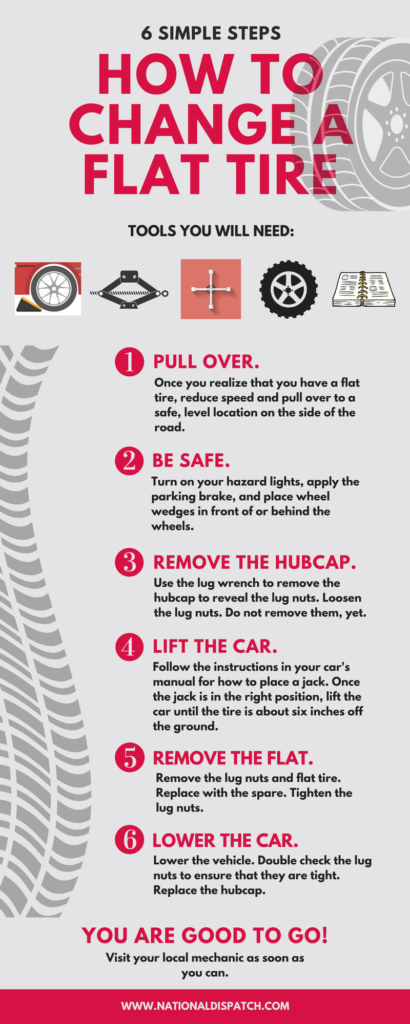
According to the National Highway Traffic Safety Administration “Most vehicle owners can easily overlook tire aging, increasing their risk of a crash.”
Based on research showing that the rate of tire failures increases after six years, nearly all vehicle manufacturers recommend owners replace tires after six years, regardless of tread depth. Most tire manufacturers recommend replacement at 10 years or that owners follow the vehicle manufacturer’s guidelines. Tire makers continue to insist that expiration dates are not necessary, yet, nearly all passenger and light truck tire warranties expire at six years. Some tire retailers have also adopted the tire age recommendations and will not service vehicles with tires that are beyond the manufacturers age recommendation.
Consumers should also check the DOT code when buying new replacement tires. Some retailers will sell a “new” tire that has actually been sitting in their inventory for years. That tire could have been improperly stored in a warehouse or outdoors exposed to high temperatures that reduce a tire’s robustness and useful life.
That tire could have been improperly stored in a warehouse or outdoors exposed to high temperatures that reduce a tire’s robustness and useful life.
Consumers should insist on replacement tires manufactured within months of the purchase date. And, regardless of tread depth, vehicle owners should replace their tires six years and older.
Call us if you believe a defective tire caused your accident. The team at Newsome Melton can review the facts of your case and determine if we believe you have a valid claim for compensation. If we feel you have a strong defective tire case against the manufacturer, we can navigate the claims process on your behalf and potentially recover compensation to pay for your medical bills, lost wages, vehicle repair or replacement, or other losses.
Call us today at 888-221-5316 or contact us through our online chat. We offer free reviews and handle many of these claims on a contingency fee basis.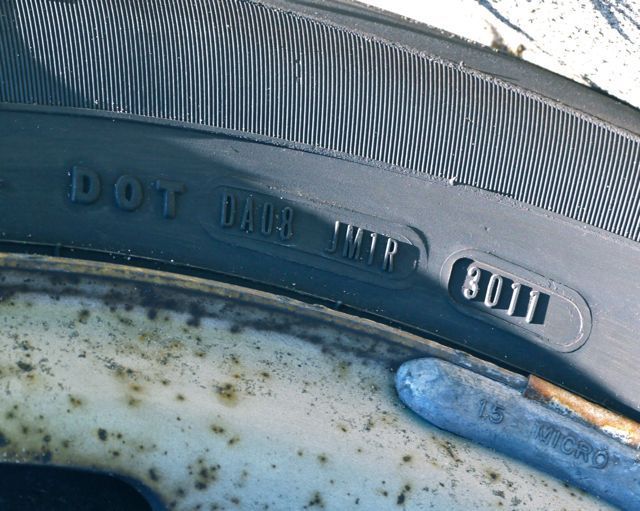 This means we do not recover compensation unless you do.
This means we do not recover compensation unless you do.
In a year full of news, you may have missed a groundbreaking tire announcement from across the pond this summer: driving with aged tires is now a criminal offense in the UK. They introduced this legislation in July, banning all tires aged 10+ years. This change came after years of campaigning led by Frances Molloy, a mother who lost her son in an accident caused by an aged tire.
Efforts to establish US tire age laws and regulations are ongoing, but there is no telling when (or if) these laws will be instituted. Instead, local tire safety regulations are based primarily on tire tread. However, old tires can cause severe safety risks, even when they have thick tread. Here is a closer look at tire age and how you can stay safe on the road.
Tires are marked with a Tire Identification Number (TIN), which tracks the manufacturing information—including the exact week of the year it was made.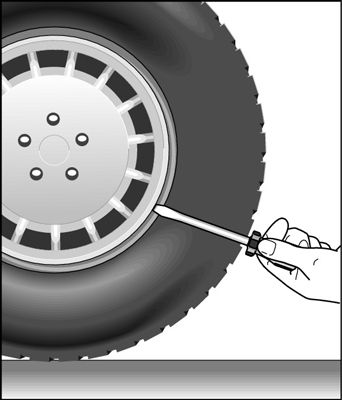 This information is printed directly on the side of each tire. To find it, carefully examine your tire sidewall. You may need to use a flashlight, as these numbers can blend in with the rubber. Once you find your TIN, it may seem like a complicated series of numbers and letters, but it is actually easy to break down:
This information is printed directly on the side of each tire. To find it, carefully examine your tire sidewall. You may need to use a flashlight, as these numbers can blend in with the rubber. Once you find your TIN, it may seem like a complicated series of numbers and letters, but it is actually easy to break down:

For example, if your TIN ends with 4918, this means that your tires were manufactured in December of 2018, and are currently two years old.
Aged tires can often look and feel brand new, so what makes them unsafe? It is a change in their chemical composition during a process called thermo-oxidative degradation. Over time, oxygen naturally reacts with rubber, causing it to stiffen, dry out, and crack. When the rubber inside of your tires is dry and stiff, it can detach from the steel belts in your tire’s foundation. This can cause tire blowout, tread belt separation, and other significant safety hazards.
Tire separation is often not easily visible, so many drivers do not know they have aged tire problems until they lose control of their vehicle. Driving on aged tires can also cause sidewall deformation, tread chunking (when large pieces of the tread detach), and tread blistering.
Beyond just the age of the rubber, thermo-oxidative degradation is accelerated by heat. States that experience higher levels of heat also tend to see higher levels of tire aging. Because fast-paced driving also generates heat, frequent high driving speeds can accelerate the tire aging process as well.
States that experience higher levels of heat also tend to see higher levels of tire aging. Because fast-paced driving also generates heat, frequent high driving speeds can accelerate the tire aging process as well.
A 2008 National Highway Traffic Safety Administration (NHTSA) Consumer Advisory reported hundreds of vehicle fatalities and injuries caused by tread separation of tires 5+ years old. Other NHTSA research and data suggest these numbers soar to the thousands each year.
With the exception of extraneous circumstances, tires are proven to be safe from oxidation for the first 5 years after their production. This is why many vehicle manufacturers, such as Ford and Nissan, recommend tires be changed 6 years after their manufacturer date—regardless of your tire tread depth. However, as seen in the NHTSA research above, 5-year-old tires can also cause accidents. Changing your tires every 5 years provides the most comprehensive standards in safety.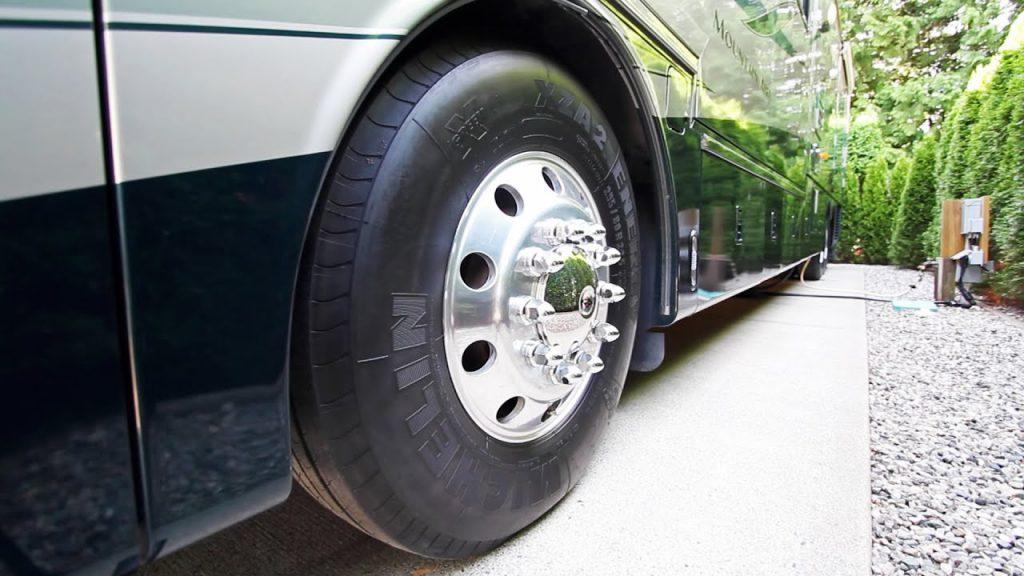
Tire age is another reason why it is essential to buy from a reliable tire shop. Used tire distributors, for example, may buy older tires for cheap prices, allowing them to make a higher profit. Even if the “new” tire has never been driven, the aged rubber presents severe safety risks.
When you are due for a new set of tires, visit the experts at Chapel Hill Tire. Our trusted experts provide comprehensive tire and mechanical services, offering a customer-focused buying experience. We also offer a Price Beat Guarantee, which helps you get the lowest possible price on your new tires. Make an appointment at one of our 9 Triangle-area locations, or buy your tires online using our Tire Finder tool today!
Back to Resources
Tire storage may be necessary twice a year, after changing seasonal tires. And it is on the correct storage conditions that the complete safety of the tires for six months of their downtime will depend. In this article, we will look at how to store tires so that they are not exposed to adverse conditions and remain in the same condition as before storage.
In this article, we will look at how to store tires so that they are not exposed to adverse conditions and remain in the same condition as before storage.
How to store tires correctly and where? Not all car owners ask this question in the fall, after replacing summer tires with winter ones, and in spring, after replacing winter tires with summer ones. And after the replacement, the removed tires are placed anywhere, just to find a place in the garage for off-season storage and they do not interfere underfoot. And many car owners don’t even have a garage, and tires are stored anywhere at all, even on the balcony.
However, after about six months, when the driver changes the wheels with seasonal tires, or brings tires to the tire shop to install them (if there are no spare wheels), it turns out that the stored tires, with a completely unworn tread, are unsuitable for further use from - for the presence of many cracks on the rubber, its oakiness and even more aging than the working tires that were on the car.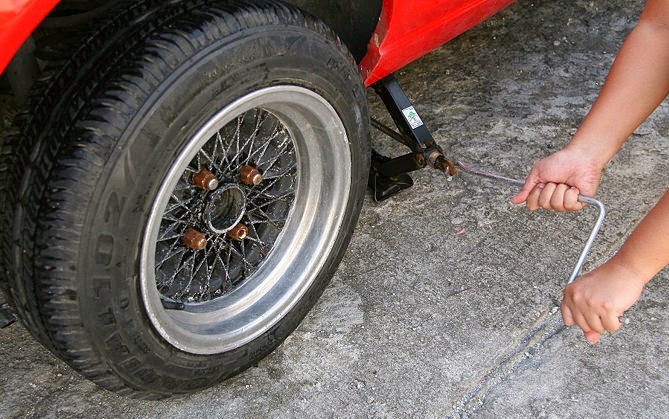
Such a surprise is especially unpleasant if the driver planned to sell the car, and now he has to spend money on new tires. And even if the car is not planned for sale, driving on cracked or oak tires is dangerous, especially if the car is powerful and fast enough.
But everything could have been avoided quite simply if you knew a few simple rules on how to store tires correctly. And in order to know this for sure, first we will consider what conditions are unfavorable for tires, that is, what tires are afraid of.
What are tires afraid of?
Any products made of rubber, including car tires (and, of course, motorcycle tires too) deteriorate from high temperatures, direct sunlight and high humidity in the storage place, and even more so from water. These are the three main harmful factors that can quickly age rubber, but these are far from all the conditions that damage rubber.
Just like storing tires at elevated positive temperatures, storage at sub-zero temperatures (in frost) can age even new tires. And if for people the frost and the sun are a wonderful day, then for rubber they are the main enemies. Well, sudden changes in temperature are also undesirable, as they lead to the formation of condensate, the same moisture.
And if for people the frost and the sun are a wonderful day, then for rubber they are the main enemies. Well, sudden changes in temperature are also undesirable, as they lead to the formation of condensate, the same moisture.
Well, another unfavorable factor that can lead to the formation of cracks on tires, no worse than sunlight, is the deflection of the rubber, which must not be allowed, which means the wheels (if they are lowered) should lie on their side.
In general, tires, if they are mounted on wheels, should not be very inflated, and if your tires are inflated as expected for their operation (read more about the required tire pressure and how important it is, read here), then it is advisable to lower them a little (approximately up to 1 kg/cm²) for off-season storage.
Road mud can also have an adverse effect on rubber, because it is not known what the roads were sprinkled with in winter, and road mud is full of various aggressive chemicals. Therefore, before off-season storage, especially winter tires, should be thoroughly washed, and the pebbles stuck in the tread will not hurt to pull out.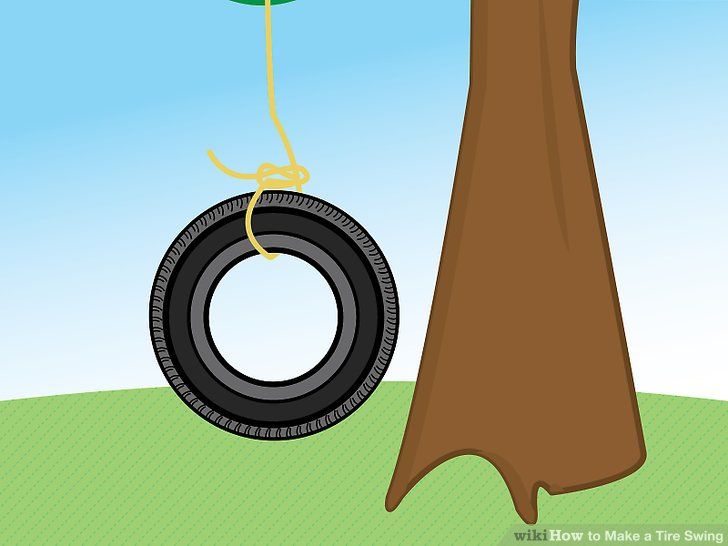
Also check the tires for traces of oil that can get on the tires, for example, when the shock absorber seal is worn. Oil destroys rubber very quickly and if traces of oil are found, remove them as soon as possible with an anti-silicone, brake disc degreaser, or other solvent that is not too aggressive. After solvent treatment, the tire should be thoroughly washed with auto-shampoo, dried and treated with a special foam for rubber (more on foam below).
The last thing that rubber doesn't like is the ozone in the air. Ozone is usually released when power tool brushes sparkle on collector lamellas, and if you have a workshop in which you have to work a lot with power tools every day, then it is undesirable to store tires in it. In addition to ozone, there is always dirt and metal dust in the workshop, especially when working with a grinder (“grinder”).
Based on what tires are afraid of, we can draw conclusions about how to store rubber and under what conditions, which will be described below.
How to store tires - simple rules.
Now there is even a paid tire storage service in many tire centers that have spacious rooms with the right temperature and humidity. And many drivers who understand how important it is to properly store tires use this service, and these are usually those car owners who simply have nowhere to store tires, that is, there are no conditions for proper off-season storage.
But you can properly store tires for free, even without your own garage, and many garages are not suitable for storing summer tires in winter, as they have a rather low temperature inside, are subject to temperature fluctuations and have high humidity.
As mentioned above, tires must be thoroughly washed and dried before they are stored for off-season storage. Further, it will be very useful to spray them with a special foam for rubber, which will add softness to it (after all, rubber cracks on a car in a sunny summer, especially if the car is stored in a parking lot) and protects it from cracking.
Foams for rubber and various sprays are now on sale (for example, such as in this article about the preservation of equipment) and it is worth spending money on the drug, since it costs a penny compared to new tires.
After the tires have been washed and processed, they should be laid on their side, and if space permits, not one on top of the other, but separately. The best place to store tires is a dry and dark room with an air temperature of +20 to +25º.
And for car owners who do not have a warm garage, a pantry in a city apartment can fully meet these requirements. After all, even in winter it is always dry, relatively warm and dark in it, and these are ideal conditions for off-season storage of tires.
If you don't have a warm garage or storage room, but have a basement in your apartment building, you can also equip it for tire storage. The main thing is that the basement should not be too wet (did not have central water supply pipes inside the room, which always sweat).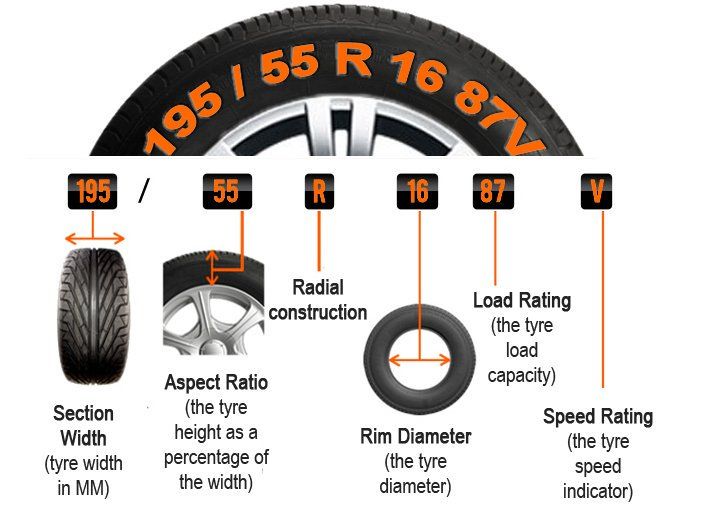 If you are not sure about the normal humidity of your basement in the house, then it does not hurt to make good flow ventilation in your room.
If you are not sure about the normal humidity of your basement in the house, then it does not hurt to make good flow ventilation in your room.
The same applies to a warm permanent garage (from a cauldron or brick). To ensure that it is well ventilated and does not have high humidity, take care of its normal ventilation. By the way, if you make normal ventilation, then there will be no high humidity even in the basement of your garage.
But it is best to store tires in the garage basement in winter (for those who do not have a closet in the apartment), since there is a constant positive temperature, without sudden changes.
The same applies to the summer period of tire storage, when the temperature in the garage in extreme heat can be over forty, and in the basement of the garage only 20 degrees, which is necessary for the off-season storage of winter tires.
And of course it's better to buy another set of rims and then you won't need to go twice a year for tire fitting, and the cord will be better preserved. And secondly, the tires will not need to be wrapped with rags or film to prevent dust or possible moisture from getting inside the tires. In addition, with discs, it will be possible to fold 4 wheels one on top of the other, without deforming the lowest tire from the weight of the rest.
And secondly, the tires will not need to be wrapped with rags or film to prevent dust or possible moisture from getting inside the tires. In addition, with discs, it will be possible to fold 4 wheels one on top of the other, without deforming the lowest tire from the weight of the rest.
That seems to be all and after reading this article, novice drivers now know how to store tires correctly, which means they will last the entire service life without damage, success to everyone.
Lately, the fashion for antiques has become more and more manifest. There are many who want to become the owner of such wealth, but the possibilities are rather limited. No need to get upset. The rapid advancement of science is helping to transform the home from modern to antique. Corresponding to the era of ancient times, when our ancestors surrounded themselves with wooden household items, furniture and accessories.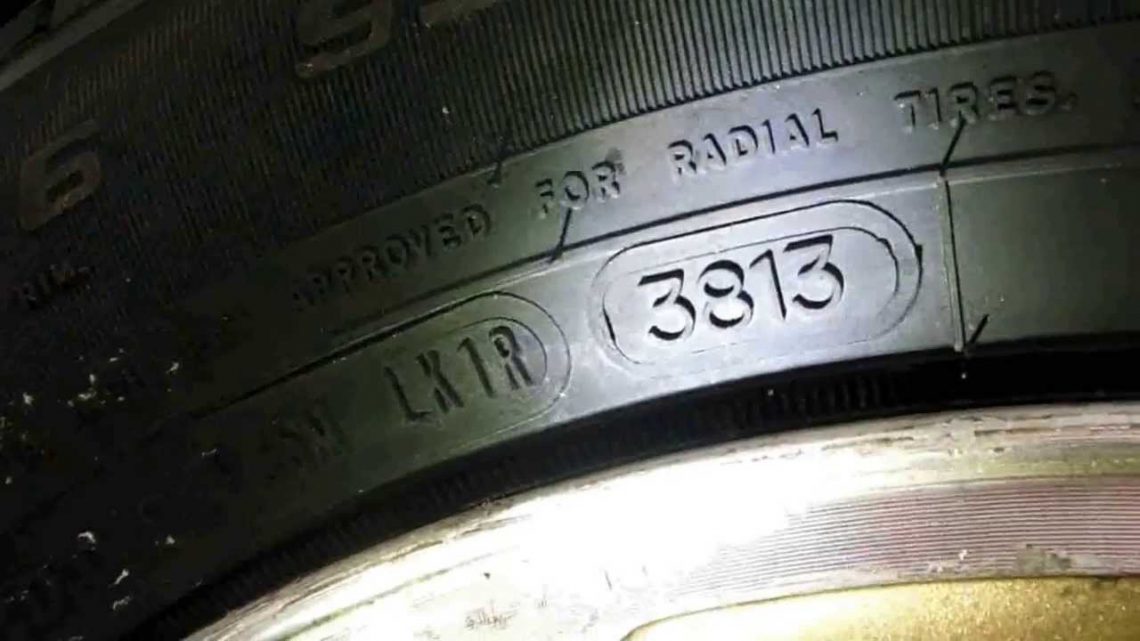
Antique is caused by aged wood. How to age wood, what are the effective simple ways? You will find answers to these questions in this article, prepared them for you. The simplest cheap wooden furniture, after the artificial aging procedure, takes on an expensive look and will perfectly fit into the corresponding interior of the house.
Along with improving the decorative qualities, the purpose of aging is to extend the life of wooden products. Coating the surface of wood with coloring compositions, varnishes has a positive effect on it. Products from such material are almost not subject to damage by pests, do not rot.
Below are methods that will be of interest to those who want to achieve the effect of antiquity on wooden products, doors, windows, etc. at home.
This method imitates wear and emphasizes relief. When working on aging wood, be sure to use a hard brush. It will help to remove wood fibers without much difficulty. The result is the creation of a relief.
The result is the creation of a relief.
First, the surface of the wood is sanded, then we pass along the grain with a wire brush. The material is processed along the fibers, while removing soft fibers.
A soft brush is required to remove sawdust. Wood, having changed its appearance, pleases the master with a pleasant relief and contrasting color. We will achieve an even better effect if we apply paint in two “floors”.
The surface ready for processing is painted with translucent azure. For staining, you can use both a brush and a special roller. We paint only a completely cleaned surface. The tree looks very attractive.
After some time, remove the icing with a sponge. The purpose of the work is relief. If the result is not satisfactory, you can cover the first layer with a very thin layer of white azure.
After a couple of minutes, the fresh blue is removed with a sponge. As a result, we get a beautiful white aged tree.
If you don't have time and a lot of experience in aging, check out the easiest way:

As you can see, the process is nowhere simpler, it does not take much effort and time. The result was a white wooden surface, on which a metal brush was used to create a relief pattern in order to age the wood.
You can age wood in the following way - thermal aging or with the help of fire. The firing process is best done using a miniature gas burner. She is very comfortable to work with.
Directing an open flame to a plane, you can adjust the shades of wood from light brown to pure black.
The easiest way to carry out aging in this way without prior mechanical treatment. With this option, the underlining of the wood texture is observed immediately after it is fired. After processing the wood with fire, processing with fine sandpaper is carried out, followed by varnishing.
When working on aging wood, make sure that you have the following on hand:
1.